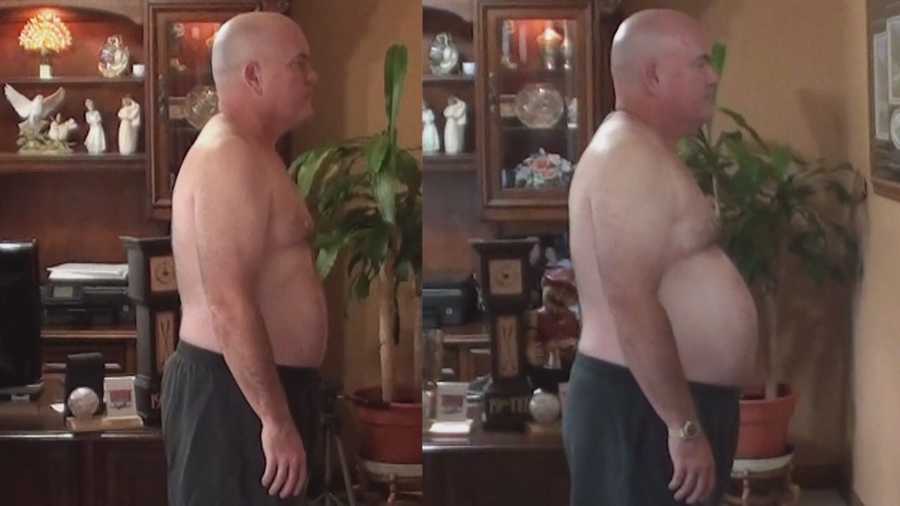Science teacher creates documentary based on McDonald's diet
The 2004 documentary Supersize Me featured a man who only ate McDonald's for a month. The results he reported in film were less than appetizing, and he claimed his health deteriorated significantly.
After viewing that documentary, John Cisna of Ankeny -- who is also a science teacher in the Colo-Nesco School District -- put together his own amateur documentary looking at the fast-food giant. He and his team of students came to a much different conclusion.
"I can eat any food at McDonald's (that) I want as long as I'm smart for the rest of the day with what I balance it out with," Cisna said.
That was the theory science teacher Cisna laid out for three of his students at Colo-Nesco High School this past fall. Ninety days of Mickey D's for breakfast, lunch and dinner, but with strict daily nutritional limitations of 2,000 calories and trying to stay close to the recommended dietary allowances for nutrients like carbohydrates, proteins, fat calories, cholesterol.
Cisna approached the owner of the local McDonalds franchise and the owner was so interested to see what the results would be that he agreed to provide those 90 days of meals to Cisna at no charge.
Cisna's students used McDonald's online nutritional information to construct daily meals for their teacher, making sure to follow the nutritional limitations he had set.
Cisna said a typical breakfast would be two egg white delights, a bowl of their maple oatmeal and a 1 percent milk. A salad for lunch would be followed by more traditional value meal at dinner.
"So this isn't something where you say 'well he went to McDonalds and he only had the salads. No, I had the Big Macs, the quarter pounders with cheese. I had sundaes, I had ice cream cones," he said.
During the experiment, he also started walking 45 minutes a day. By the 90th day, Cisna reports he lost 37 pounds and his cholesterol dropped from 249 to 170.
The moral of this lesson isn't to eat more at McDonald's, Cisna said, but to pay attention to your daily nutrition and what you eat.
"The point behind this documentary is, ‘Hey, it's (a) choice. We all have choices. It's our choices that make us fat not McDonald's," he said.
Cisna said he isn't surprised at the weight loss because he wasn't exercising or watching his calories before but he is surprised at the large improvement in his blood now that he's capping his nutrients at the recommended daily levels.
For instance, he said his low-density lipoprotein, or bad cholesterol, dropped from 173 to 113 during the 90-day experiment.


